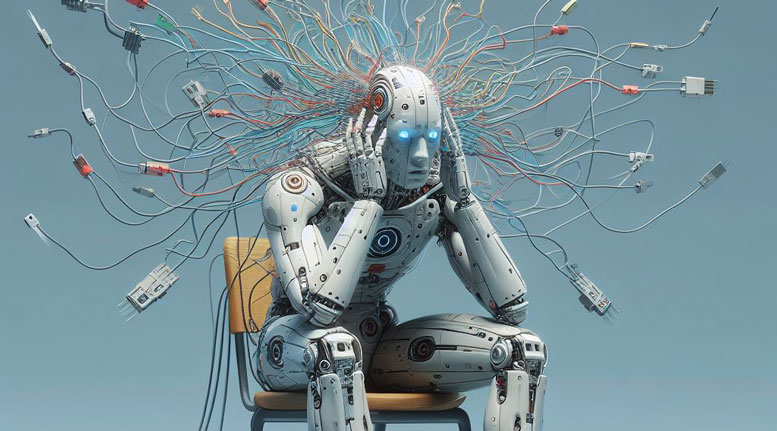Table of Contents
Hallucinations are typically associated with human sensory experiences, but the concept can also be applied to artificial intelligence (AI). In the context of AI, hallucination refers to the phenomenon where an AI model generates or perceives features in data that do not exist.
This is particularly prevalent in AI models trained on large datasets, where the model might ‘see’ patterns or correlations that are not present in the individual data points.
AI Hallucinations in GANs
One of the most common areas where AI hallucinations occur is in image recognition and generation. For instance, generative adversarial networks (GANs) are notorious for creating images with surreal and often hallucinatory qualities.
These AI models are trained to generate new data (like images) that resemble the training data. However, due to the complexity of the task and the inherent randomness in the training process, these models often generate images with features that are not present in the training data, thus ‘hallucinating’ new details.
AI Hallucinations in NLP
Another area where AI hallucinations are observed is in natural language processing (NLP). Language models, especially those based on deep learning, are prone to generating text that might seem coherent and sensible at first glance, but upon closer inspection, reveal nonsensical or unrelated details.
This is because these models, while capable of understanding the statistical patterns in language, do not truly understand the meaning of the words and sentences they generate.
As a result, they can ‘hallucinate’ details or connections that a human reader would find illogical or absurd.
Challenges and an opportunities
AI hallucinations can be both a challenge and an opportunity. On one hand, they can lead to inaccurate predictions or outputs, which can be problematic in critical applications like medical diagnosis or autonomous driving.
On the other hand, the ability of AI to ‘imagine’ or ‘hallucinate’ new data can be harnessed for creative purposes, like generating new artwork or music.
Conclusion
In conclusion, hallucinations in AI, much like in humans, are a complex phenomenon that arise from the intricate interplay of data, algorithms, and randomness.
They pose significant challenges in the development and deployment of AI systems, but also open up exciting avenues for exploration and innovation.
As we continue to advance in the field of AI, understanding and managing these hallucinations will be an important part of ensuring that our AI systems are both effective and reliable.
